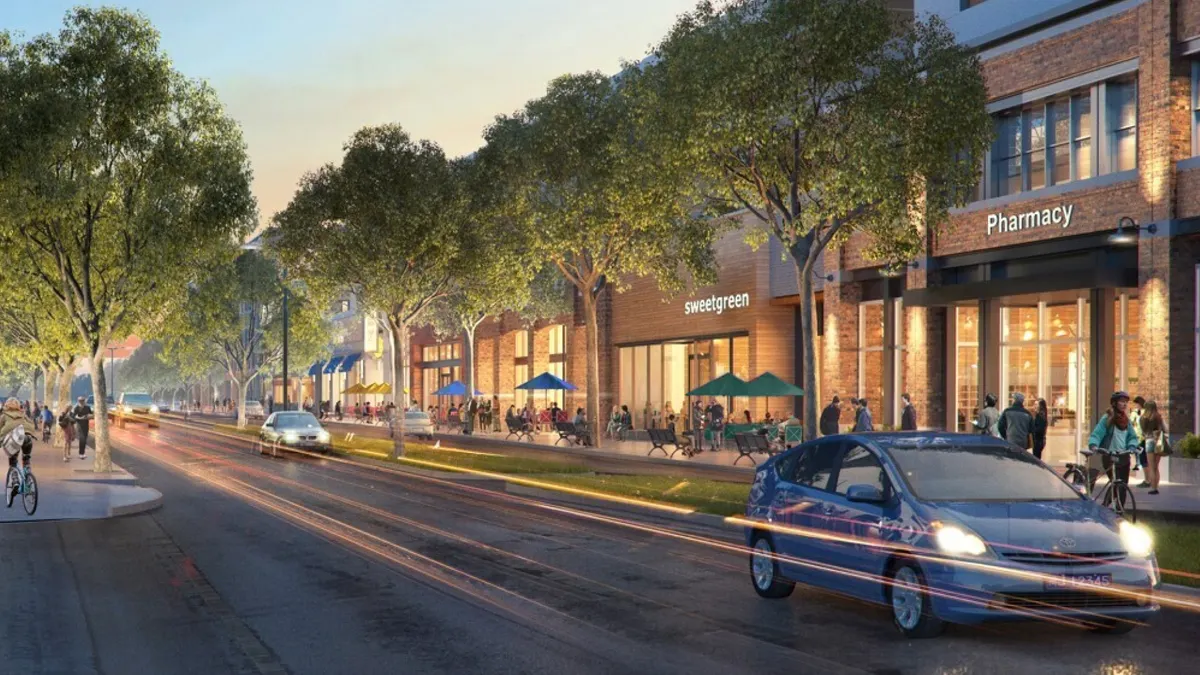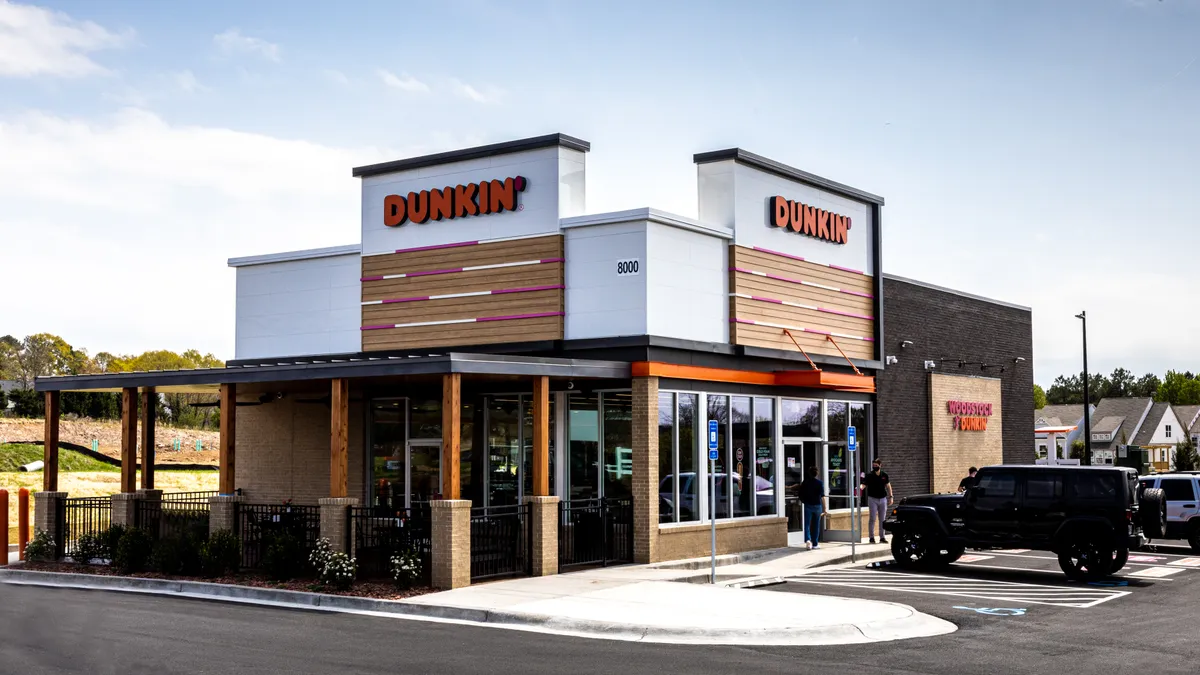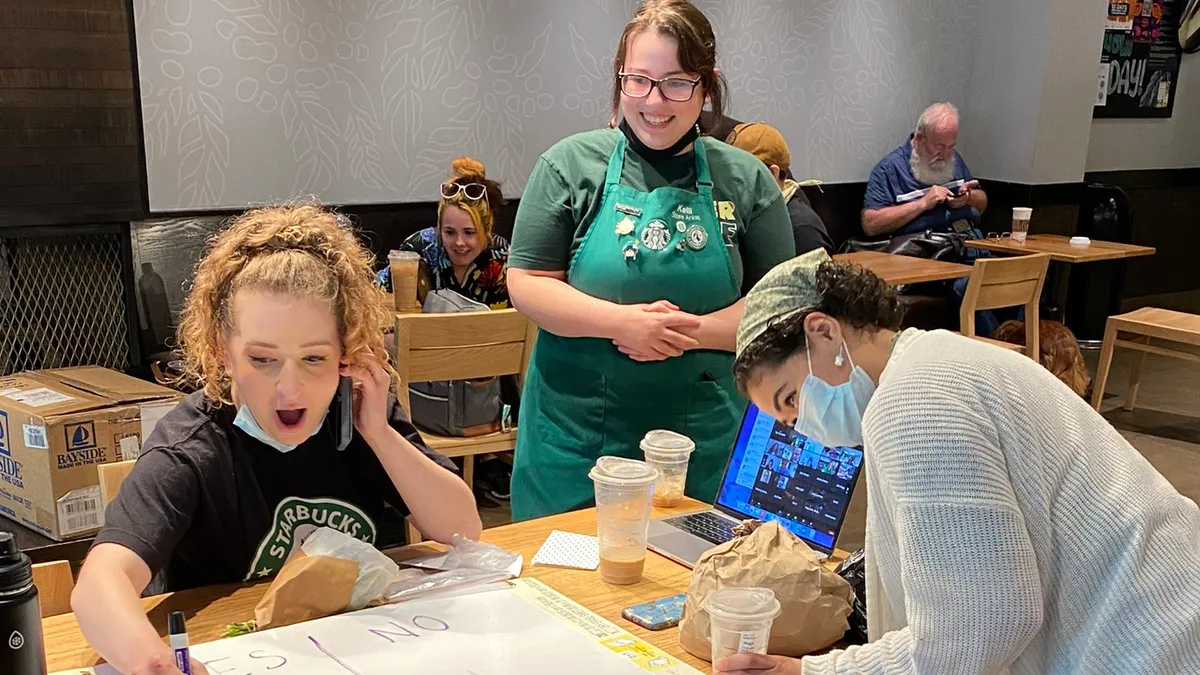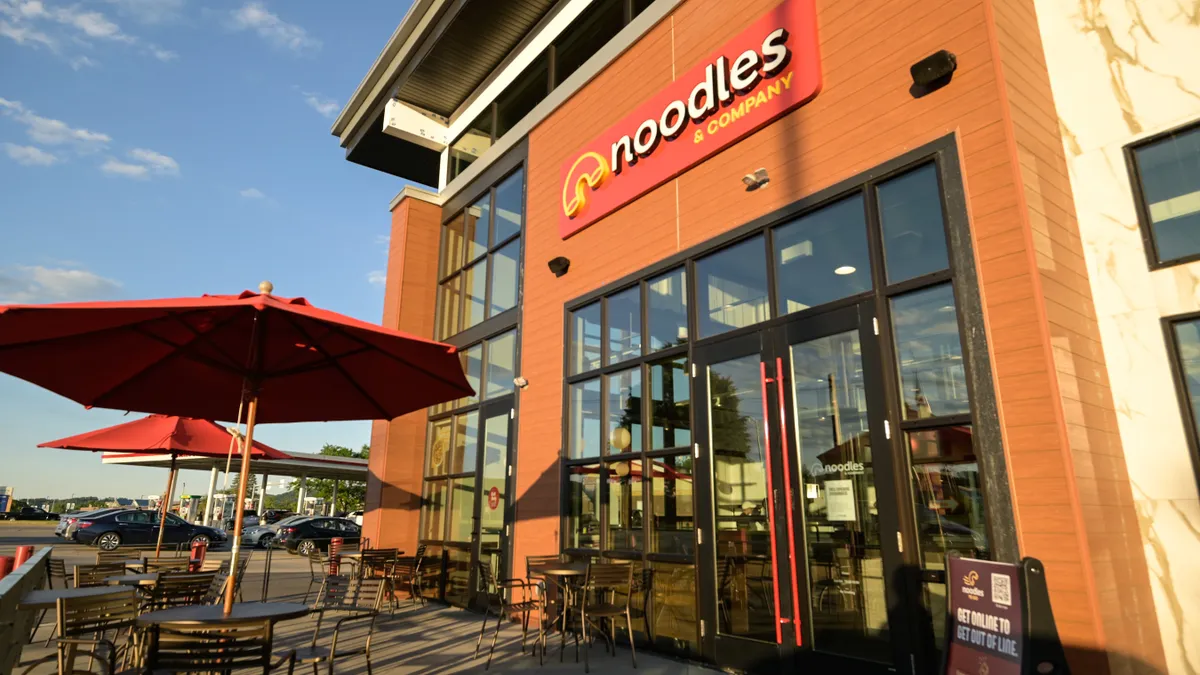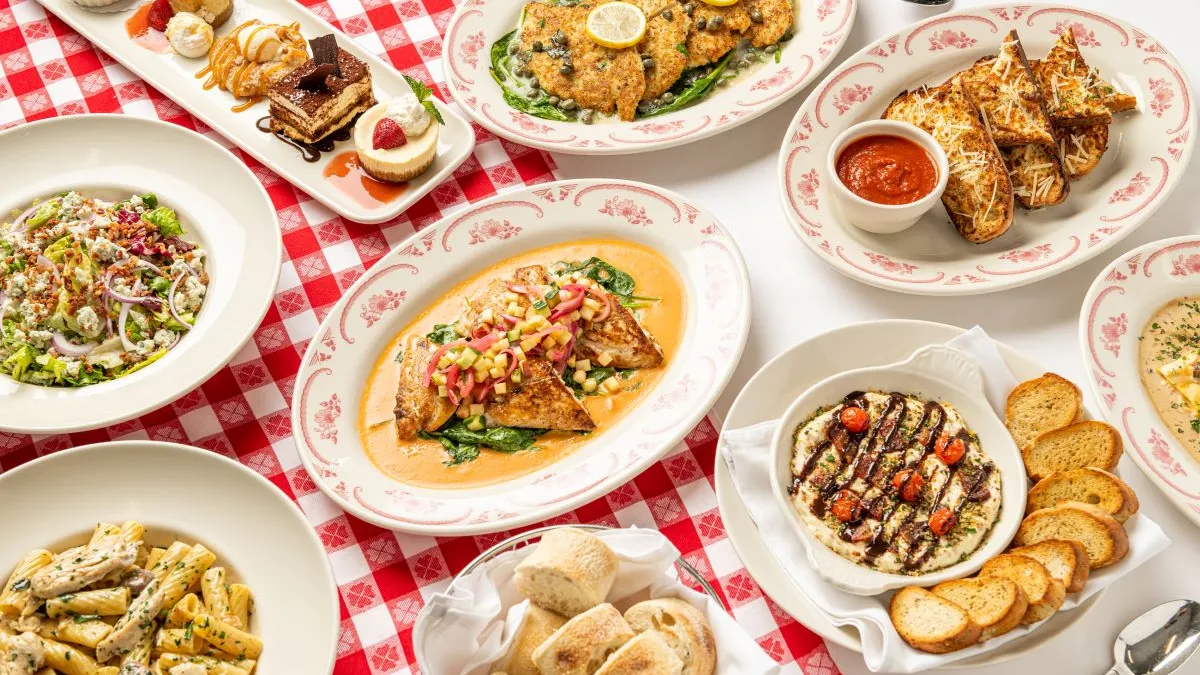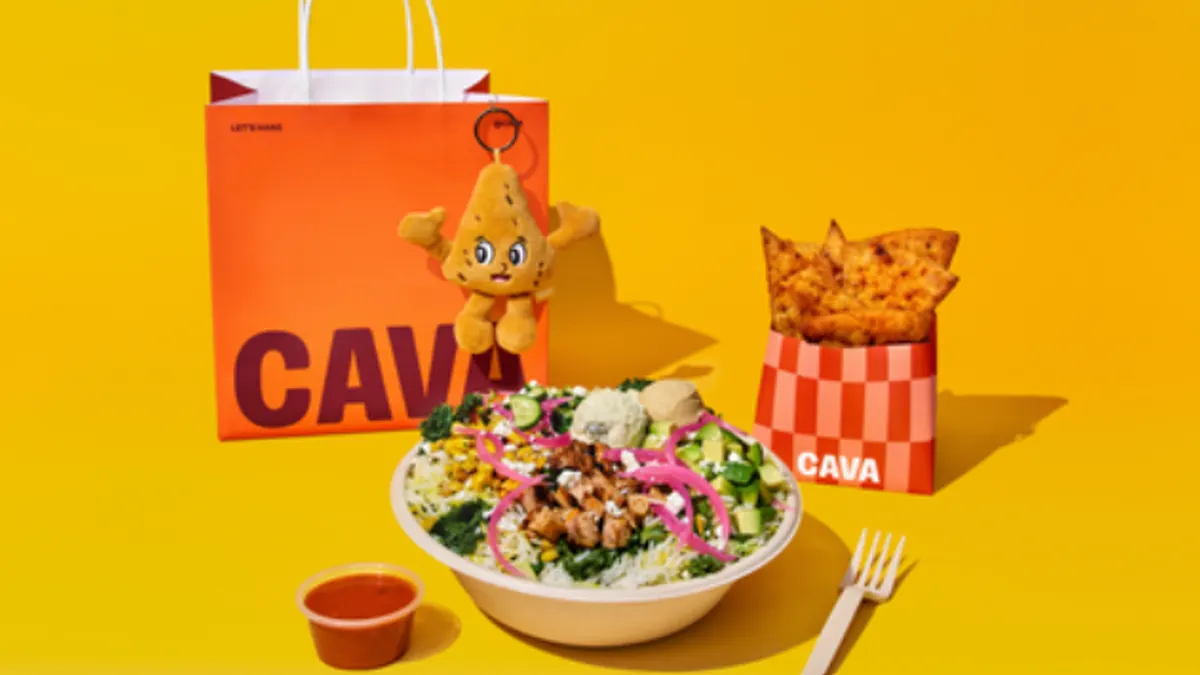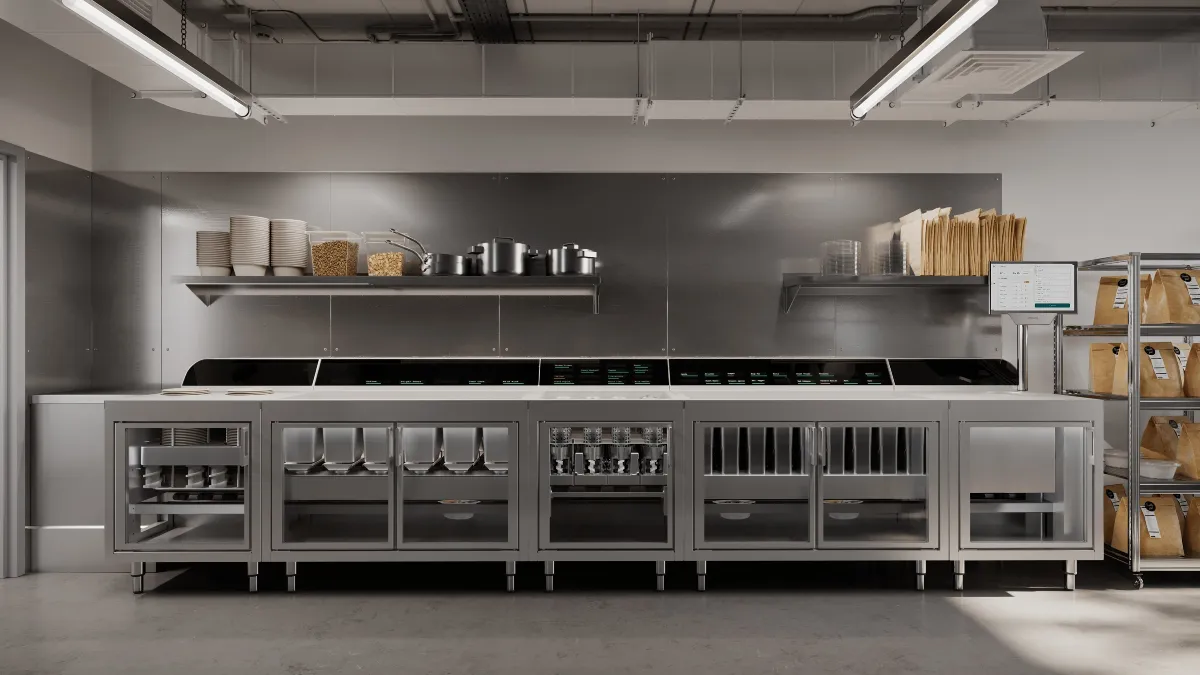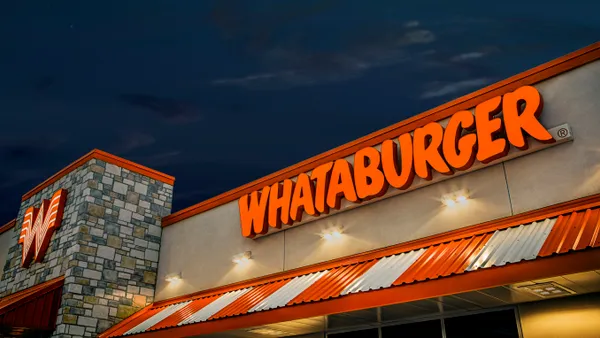Consumers may have retreated from fast casual dining in Q2 2025, but chains have not pulled back from development plans.
Despite posting sluggish sales growth, Shake Shack is looking at its biggest year for new units. Sweetgreen, which reported negative sales growth, opened more than twice as many stores in Q2 2025 as it did in Q2 2024, according to its earnings release.
In some cases, the volume of new store development has helped push revenues up much faster than same-store sales — Cava’s revenue grew 20%, compared to 2.1% comps growth, with a 16.7% increase in its storebase year-over-year.
Here’s how major publicly traded fast casual brands discussed unit development in Q2.
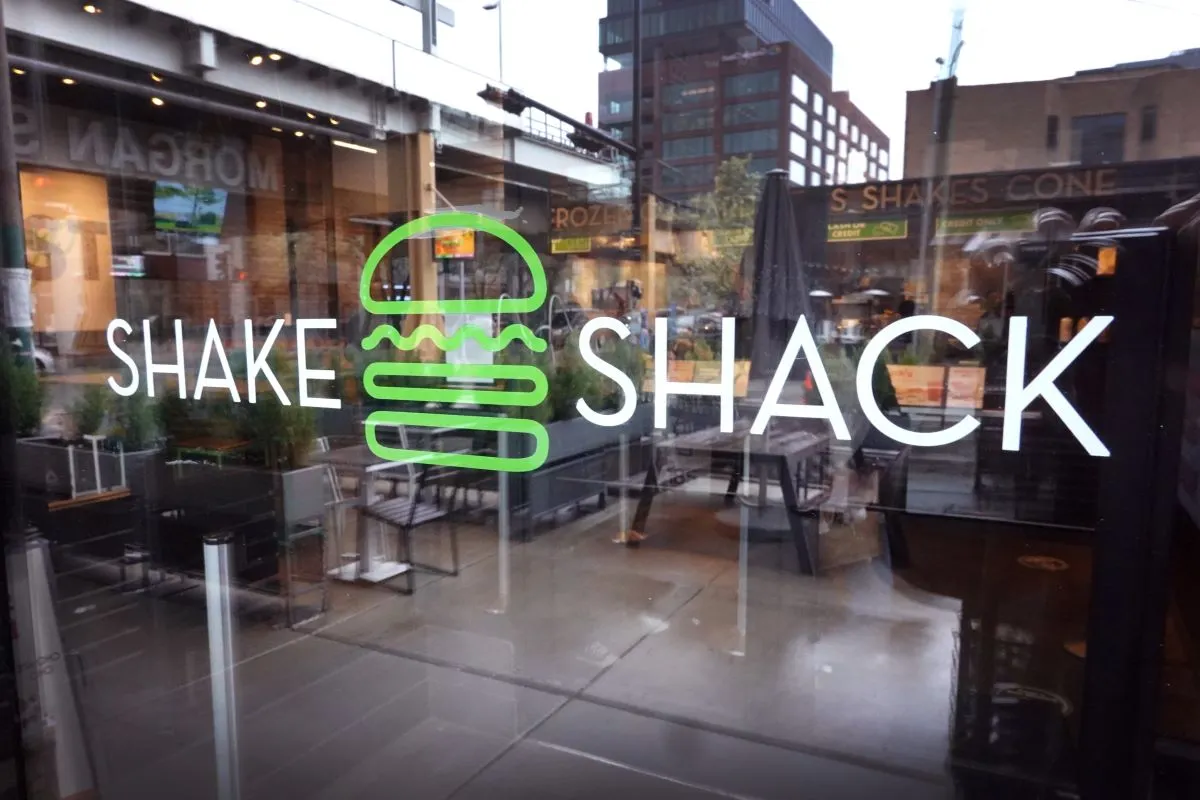
Shake Shack
Shake Shack’s opened 22 stores, including 13 company-operated locations in Q2, according to its investor letter. This puts the brand on pace to open 45 to 50 locations in 2025, making it the largest annual cohort of company-owned stores, CEO Rob Lynch said on the chain’s earnings call.
The shareholder letter said the sales growth and unit count expansions — Shake Shack hit 610 total units, up from 547 a year ago — were evidence of the success of the chain’s multi-part strategic plan for reaching 1,500 total units.
Recent openings have been concentrated outside the brand’s traditional, Northeastern heartland, Lynch said. Performance in these new locations has been strong.
“Two openings were among the highest initial sales days in our Company-operated history, both drive-thru formats in suburban markets,” Shake Shack said in its investor letter
According to the shareholder letter, Shake Shack opened stores in Washington, Arizona, New Jersey, New York, Virginia, North Carolina, Illinois, Oregon, Utah and Missouri over the last quarter.
Geographical diversification could also help boost same-store sales: Same-store sales for the brand actually fell in New York City and the Northeast during the quarter, but rose in all other regions of the U.S., per the shareholder letter.
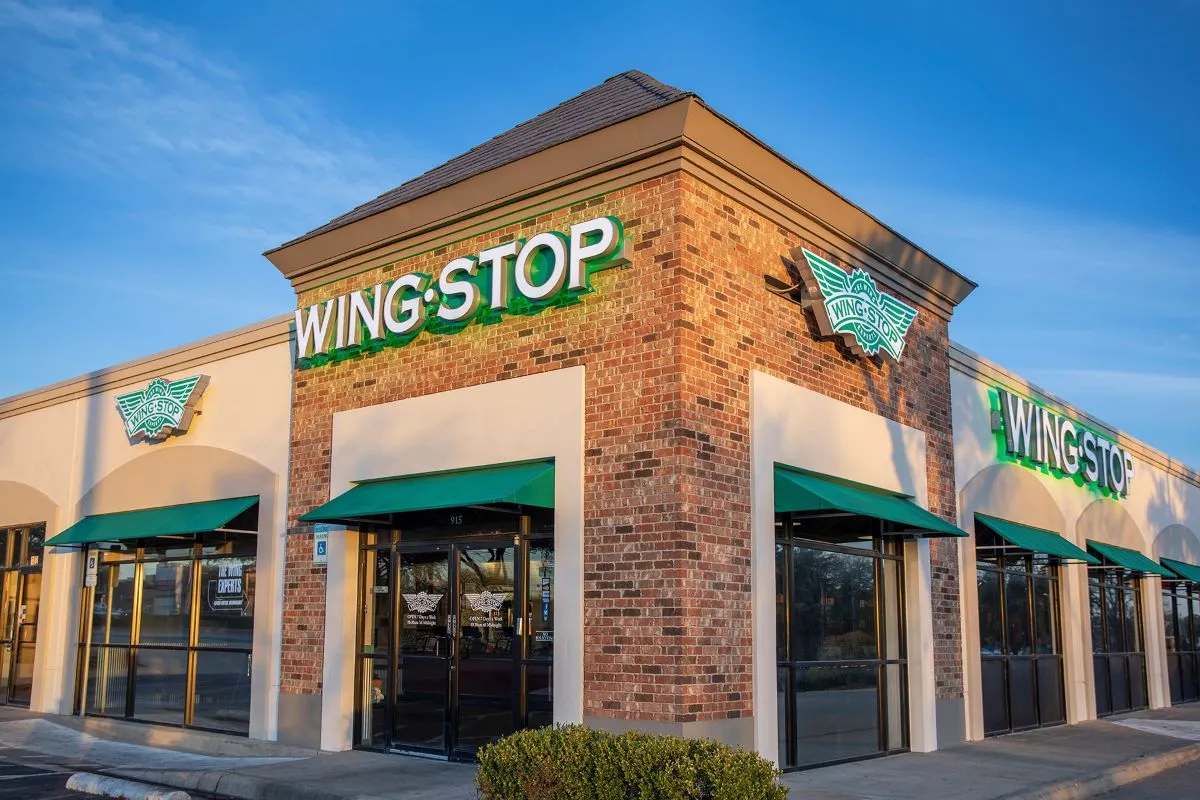
Wingstop
Wingstop opened 255 net new restaurants in the first half of the year, with 129 opening during Q2, CEO Michael Skipworth said during a July earnings call. The company opened about the same amount of restaurants in the entirety of 2023 as it did in the first half of 2025, marking a significant acceleration in new openings at the chain.
Record unit growth has pushed Wingstop to update its unit growth guidance to 17% to 18%, up from the 14% to 15% range it forecast for this year on its Q4 2024 earnings call. Skipworth said the chain will likely open between 435 to 460 units globally.
“Demand for additional growth with our brand partners remains strong, as we replenish our development agreement pipeline, which now has grown to the highest level of sold restaurant commitments on record,” Skipworth said.
It is also boosting its presence in international markets, where it is seeing substantial sales growth. Some of its new global markets are opening stores at levels “surpassing domestic average unit volumes,” Skipworth said.
The chain opened its first restaurant in Sydney, Australia, during the second quarter and guests “lined up around the block in pouring rain,” Skipworth said. Its newest unit in the U.K. shattered a previous record for the highest global weekly sales set by one of its Kuwait locations.

Chipotle
Chipotle opened 61 new restaurants during the second quarter, of which 47 included Chipotlanes, CEO Scott Boatwright said during a July earnings call. The opening rate was a record for a second quarter, he added.
The company is on track to open 315 to 345 units this year, with 80% including a Chipotlane, Boatwright said, The company expects to increase its growth rate to between 8% and 10%, and it is still on track to reach 7,000 units in the long term, he added.
Canada, where Chipotle has 61 restaurants, is becoming a strong growth market. Within the past five years, the business has tripled and has economics on par with the U.S., Boatwright said.
Markets outside of the U.S. and Canada are also showing strong economics. A restaurant in Avenues Mall in Kuwait celebrated its first year in operation and has revenue that exceeds U.S. AUVs, Boatwright said. The company also expects to open its first Mexico restaurant early next year.
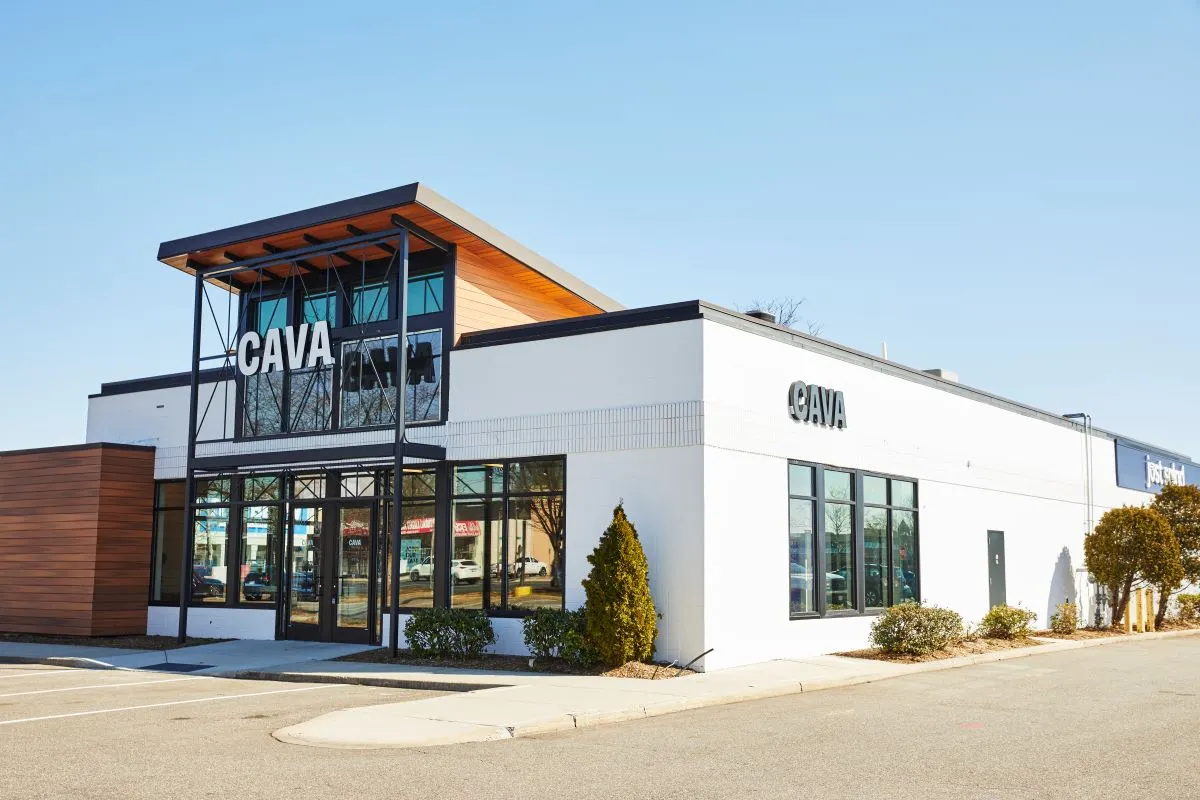
Cava
During the second quarter, Cava opened 16 net new restaurants, growing its restaurant count to 398 units across 27 states and Washington, D.C., CEO Brett Schulman said during the company’s recent earnings call. The company expects to open 68 to 70 units during the year, a slight increase over previous projections, according to updated guidance in its earnings release.
New restaurants are opening with higher metrics than last year’s cohort, and the 2025 class is on track to have average unit volumes above $3 million, Schulman said.
During the summer, the chain opened its first units in Pittsburgh and Michigan, both of which saw openings with long lines of customers, Schulman said.
“As we expand our footprint into new regions like the Midwest and Southern Florida, while broadening our presence in more established markets, we're inspired by the enthusiasm we're seeing from guests who are embracing CAVA as part of their daily lives,” he said. “The strength of this demand and the performance of our recent new openings give us even greater confidence in reaching our next major milestone of at least 1,000 restaurants by 2032.”
The Mediterranean chain also plans to complete its Project Soul prototype in the fall, which will have various elements meant to create a more inviting dining room. These design features are expected to be included in all restaurants opened in 2026, he added.
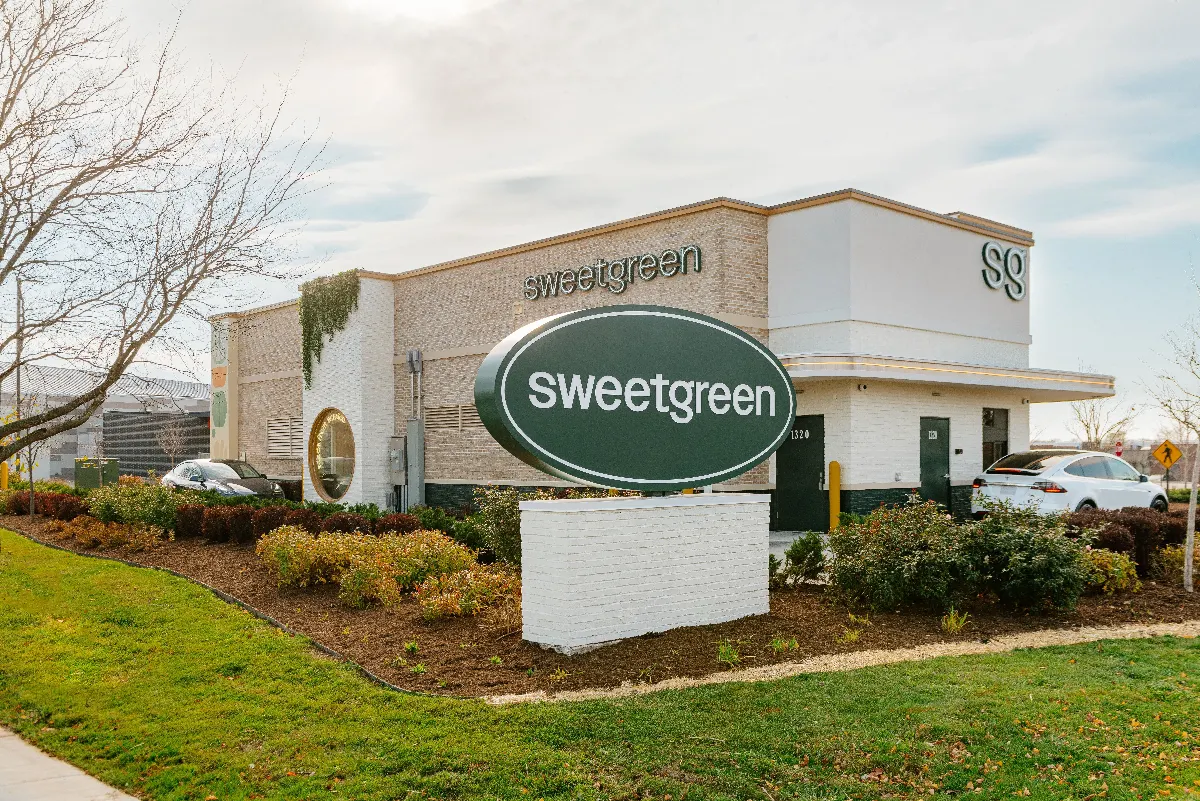
Sweetgreen
Despite ongoing profitability issues and a significant decline in same-store sales during the second quarter, Sweetgreen remains opportunistic about new unit development this year. The chain plans to open at least 40 new restaurants this year, of which 20 will include its automated Infinite Kitchen, according to its Q2 earnings release
During the second quarter, the chain opened nine restaurants, with four including an Infinite Kitchen, CFO Mitch Reback said during the chain’s Q2 earnings call. This year the chain will also open two Sweetlane locations, one of which will include an Infinite Kitchen.
New openings continue to perform well, with its Forest Hills restaurant in Queens, New York, having one of the strongest openings in the company’s history, Reback said. Last year’s class of restaurants are also on track to have a strong year one results, delivering “a second quarter margin well above the fleet average,” Reback said. In this cohort, 40% are in legacy markets and 60% are in new markets.
“This reaffirms our confidence in the effectiveness of our real estate strategy and the significant long term growth opportunity that lies ahead,” Reback said.
He added that the company is refining its strategy in New York City and closed two restaurants in Manhattan that were older and smaller units, Reback said. These closures led to greater volume at three newer, larger nearby restaurants. The company is also relocating its Union Square restaurant and its NoMad location, its first New York City restaurant, to better sites with Infinite Kitchens.
“As leases mature on a small number of older locations, we see opportunities to consolidate volume into newer units, particularly in established urban markets where the footprint no longer aligns with our strategy,” Reback said. “We expect this disciplined approach will strengthen AUVs, same-store sales and margins as we scale towards 1,000 domestic locations.”
The chain will also enter four new markets this year: Sacramento, California; Fayetteville, Arkansas; Cincinnati and Phoenix, Reback said. Neman also reiterated the company’s long-term goal of 15% to 20% annual unit growth.




